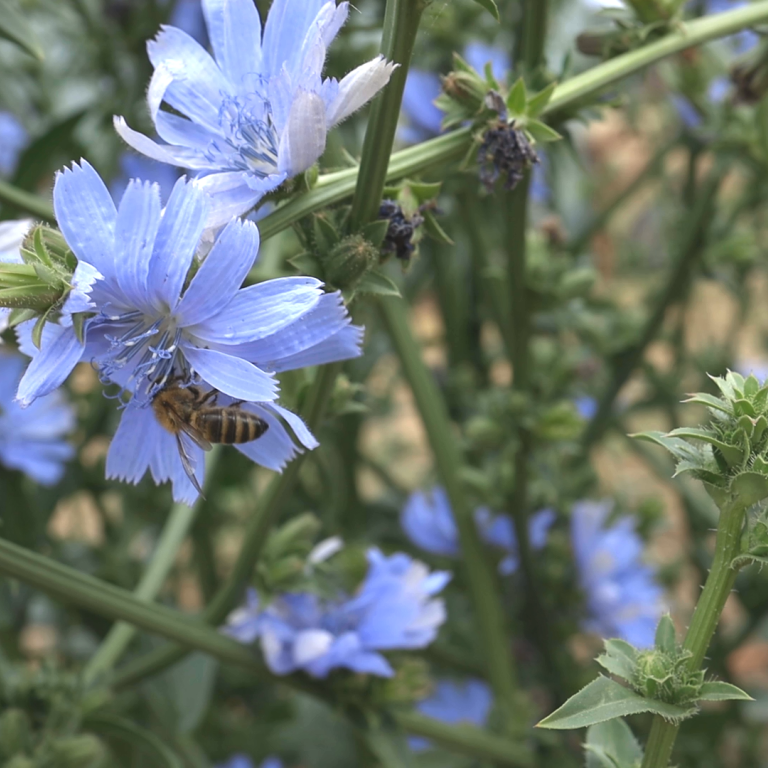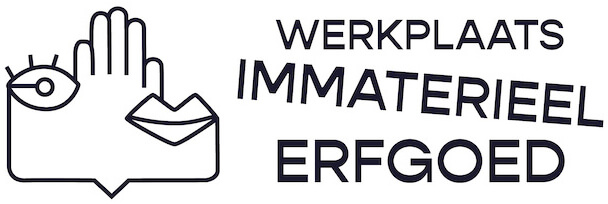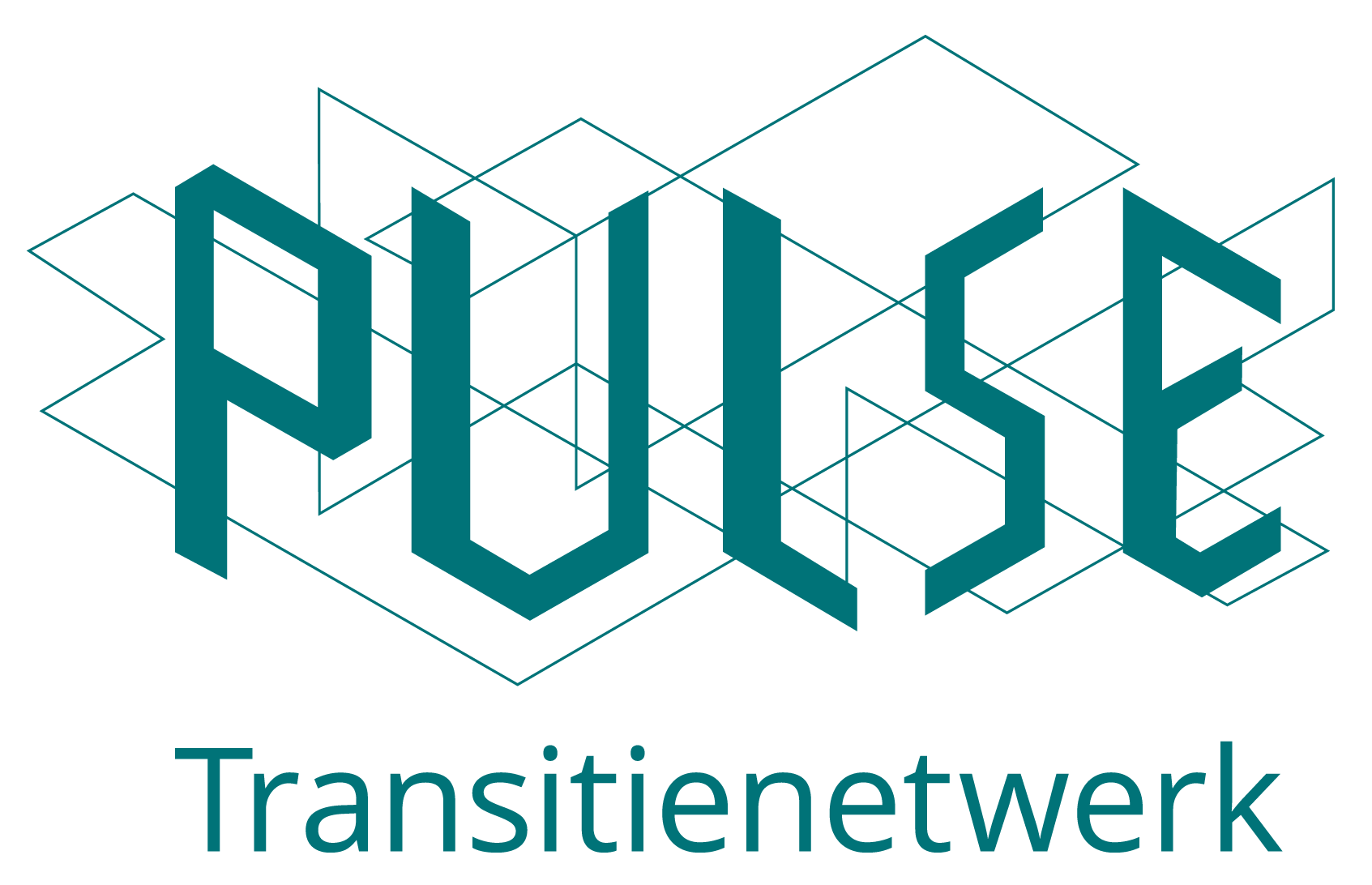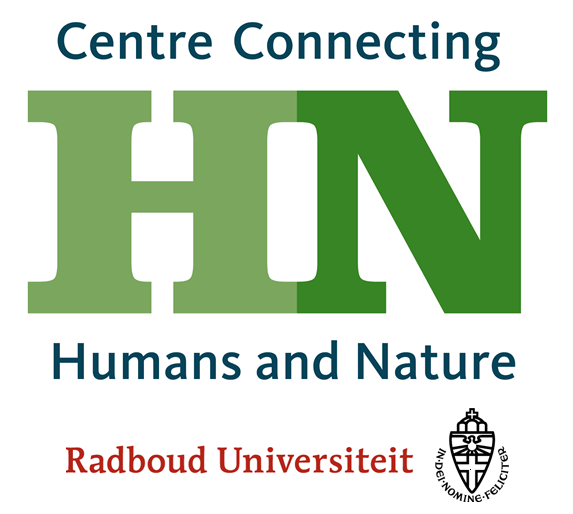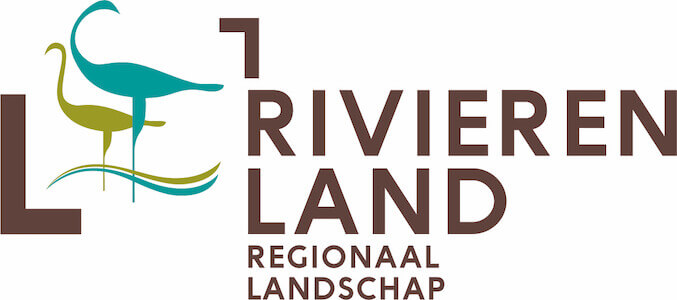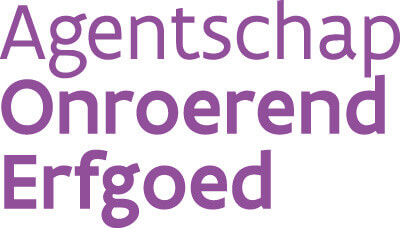Beekeepers can play a very important role in a climate-robust future. By nurturing their honeybees, they also care for their environment and can provide sufficient food for both the honeybees and all kinds of other pollinators. In addition, beekeepers have a signaling function. If things go badly for the honeybee, other insects are also threatened. The age-old craftsmanship of the beekeeper is therefore crucial and, hand in hand with research and technological innovations, can contribute to a sustainable future.
There are large numbers of beekeepers active in both Flanders and the Netherlands, and beginner courses are extremely popular. It shows there are beekeepers galore. For the Water & Land project we worked with a number of them, as well as with researchers from the Netherlands and Flanders. In the Netherlands, beekeeping has already been recognized as intangible cultural heritage and is included in the Inventory, in Flanders the craftsmanship has already been given a place on the platform.
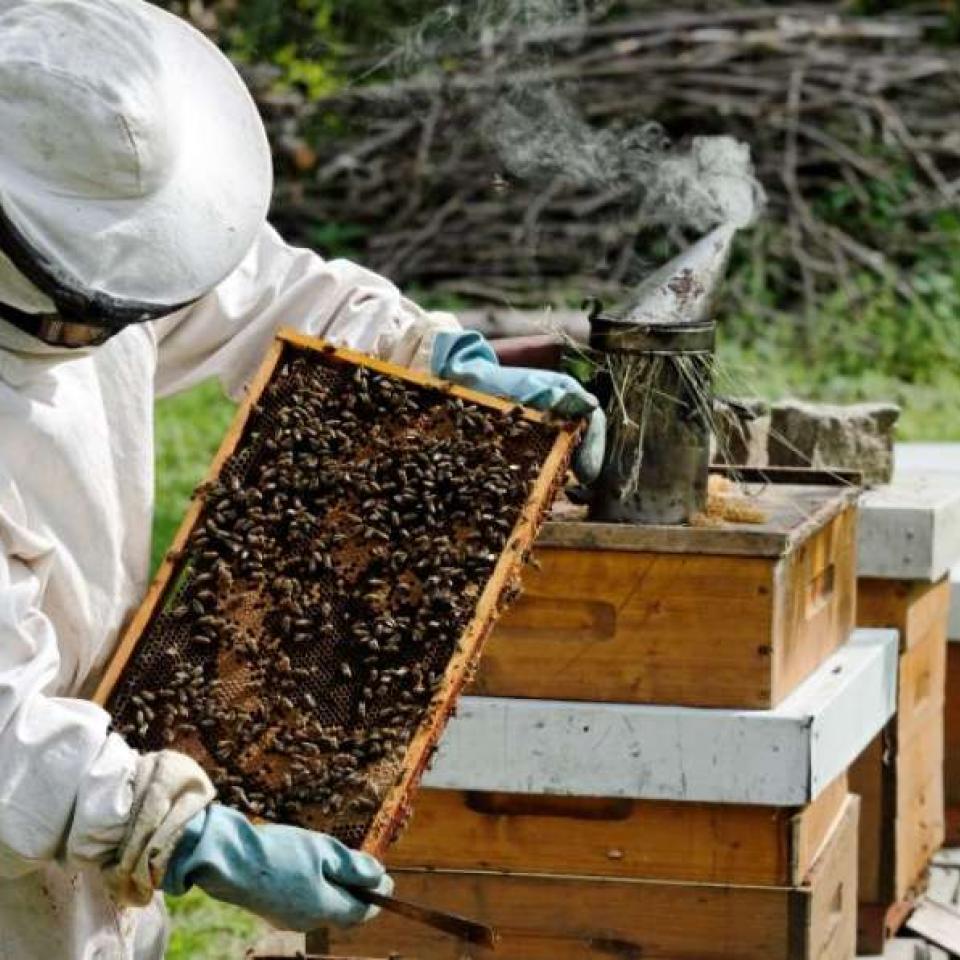
Beekeeping is an age-old craft. The beekeeper keeps honeybees, which live in a colony in beehives or skeps. In exchange for caring for his or her bees and fighting diseases, parasites and other threats, the beekeeper can harvest honey and beeswax. Beekeeping then evolved alongside the available techniques, from bee skeps (woven hives) to wooden (or even plastic) hives, with all kinds of technological gadgets and monitoring systems. Different types of beekeepers also developed over time: from hobby beekeepers to professional pollination beekeepers, from honey collectors to ecological beekeepers.
Beekeeping used to be an important source of extra income for farmers. Honeybees had (and still have) an important pollinating function, beeswax was used for candles and honey could be sold as an additional source of income. When cheap honey was increasingly imported from the mid-nineteenth century onwards, and electric lighting gradually began to make its appearance in the decades that followed, a number of important sources of income from honeybees were lost. Today, the honey harvest and the production of beeswax are often additional sources of income, and only the pollinating function remains. With the rise of intensive agriculture and horticulture, the role of honeybees as pollinators has become increasingly important. About 70% of our most important food crops require pollination.
Is it good for the honeybee? That is not the question. Is it good for biodiversity? And the honeybee has a place in that.
- Aat Rietveld, former vice-chairman of the Nederlandse Bijenhoudersvereniging

Beekeepers can play a very important role in a climate-resilient future. By nurturing their honeybees, beekeepers also care for their environment and can provide sufficient food for both the honeybees and all other kinds of pollinators. Beekeepers can focus on new plantings to provide varied food.In doing so, they speak of ‘honey plants’ or ‘nectar sources’: plants that provide food in the form of nectar and pollen to the honeybee In order to have food all year round, bees need a supply of flowering plants from February to November. With this, they can provide themselves with honey and winter food. The beekeeper can help the bees to complete this period of flowering plants by growing specific - native – plants and (re)introducing the necessary diversity of species locally. In this way, the beekeeper can enrich his immediate environment with annual and perennial plants, taking into account what already grows in the area - from natural plants to agricultural crops. In doing so, they also strengthen the capacity of an area, where wild bees also go in search of food.
Furthermore, honeybees are a very good indicator of the quality of the environment. The age-old craftsmanship of the beekeeper, and his insight into the vitality and functioning of a bee colony are therefore crucial. This can contribute, hand in hand with research and technological innovations, to a more sustainable future. René De Backer, chairman of the Vlaams bijeninstituut, says:
The honeybee is the canary in the coal mine. If the honeybee is doing badly, nature is doing badly.
The knowledge of beekeepers, about their bee colonies, the nectar plants, the care of a flowering arch and the local effects thereof is primarily in the hands and heads of these heritage bearers. This rather practical and intangible knowledge is therefore sometimes difficult to grasp for managers and policy makers. With the help of citizen science projects, it is gradually becoming possible to anchor this knowledge. From his signal function,he monitors changes in the environment, whether caused by climate change or not. The beekeeper’s insight into the environment and his practical knowledge can thus form an important link in strengthening wild bees and local biodiversity.
The knowledge of beekeepers, about their bee colonies, the nectar plants, the care of a flowering arch and the local effects thereof is primarily in the hands and heads of these heritage bearers. This rather practical and intangible knowledge is therefore sometimes difficult to grasp for managers and policy makers. With the help of citizen science projects, it is gradually becoming possible to anchor this knowledge. From his signal function,he monitors changes in the environment, whether caused by climate change or not. The beekeeper’s insight into the environment and his practical knowledge can thus form an important link in strengthening wild bees and local biodiversity.
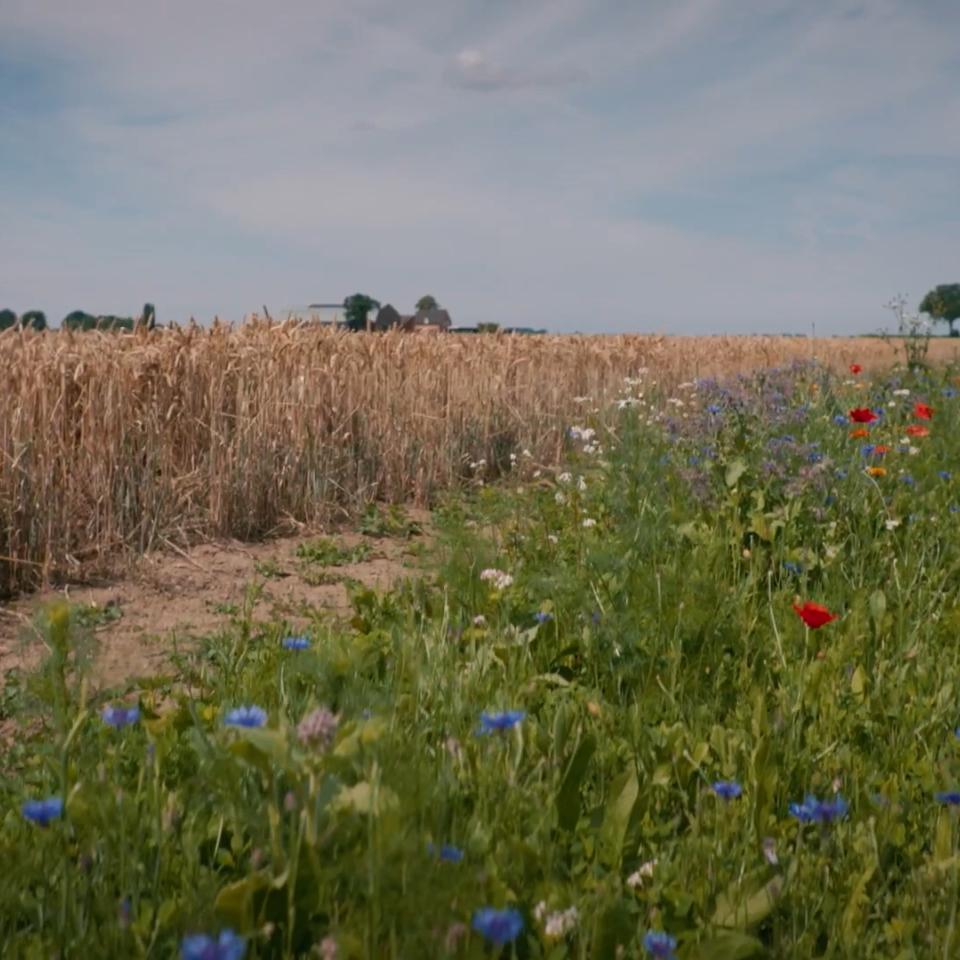
Over the past century, we have increasingly and radically shaped the landscape to our liking, based on the possibility of creating nature. However, we are now reaching the limits of that idea, with all its consequences. Restoring that balance is not an easy task and requires a fundamental change in our thinking about nature and landscape. We need to move away from a controllable, human-oriented approach and switch to a landscape vision with attention to the ecosystem. The intangible heritage practice of beekeeping can contribute to this. In a landscape that has been stripped down to such an extent that it offers insufficient food sources for both honeybees and wild bees, beekeepers can help to bring it back to life.
And in the future?
Beekeepers are today already regularly involved in research, management, and policy. With the help of their honeybees, they can fulfil an important signalling function or collect data for scientific research. In addition, beekeeping with attention to nature not only helps the honeybees, but also other pollinating insects. Smart plantings with native species can locally complete the flowering arc and provide both the wild bee and the honeybee with pollen and nectar. More and more beekeepers are committed to this way of beekeeping. Moreover, everyone can contribute to this. Attention to a bee-friendly environment helps beekeepers, honeybees, and wild pollinators to progress. Planting native species, placing insect hotels or leaving pieces of land uncultivated for nesting opportunities are all possible measures for a biodiverse future. This can be done in your own garden, or in collaboration with cities and municipalities, companies or organisations… Together with the beekeepers, and the bees, for the future!




